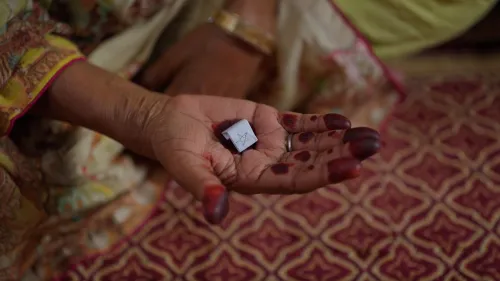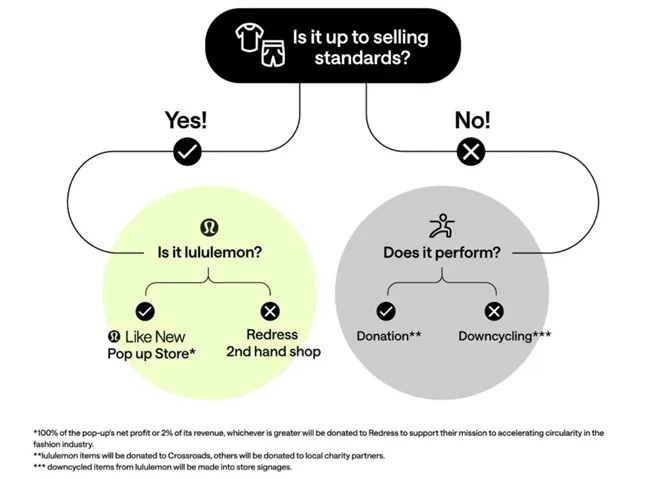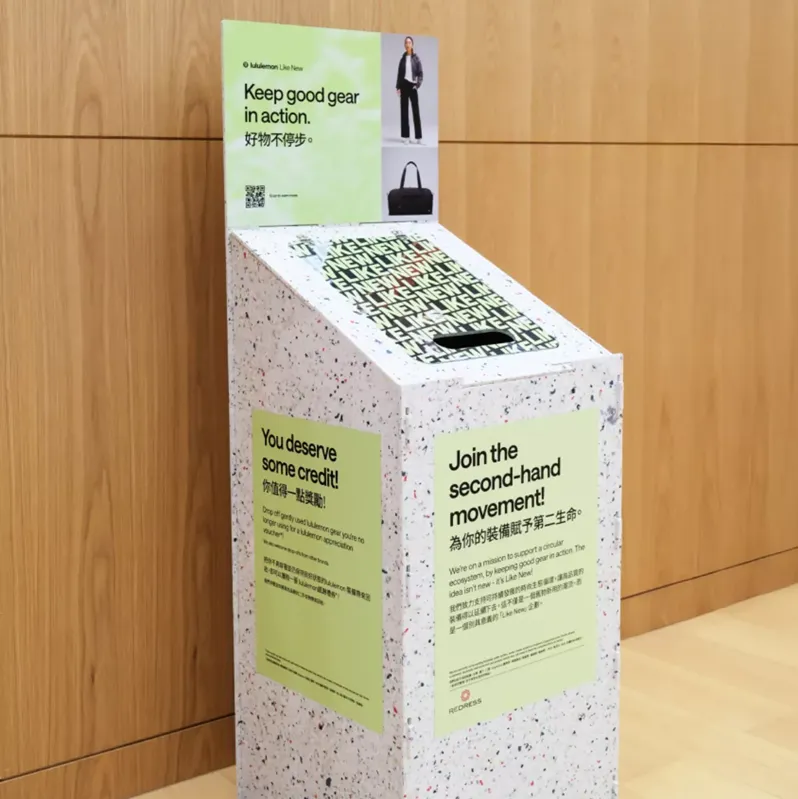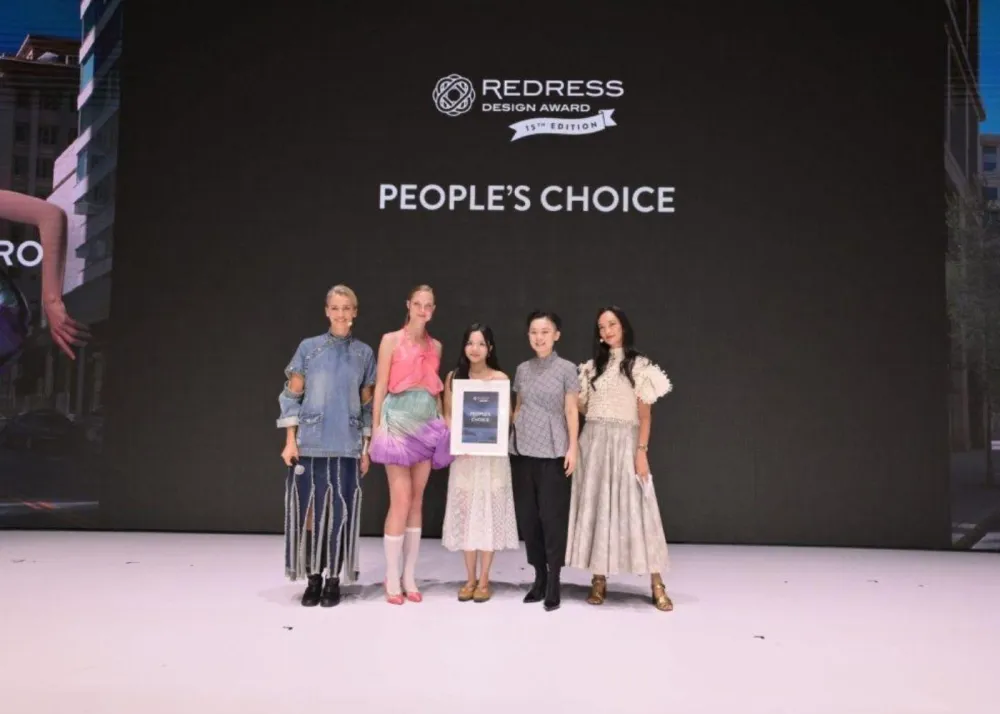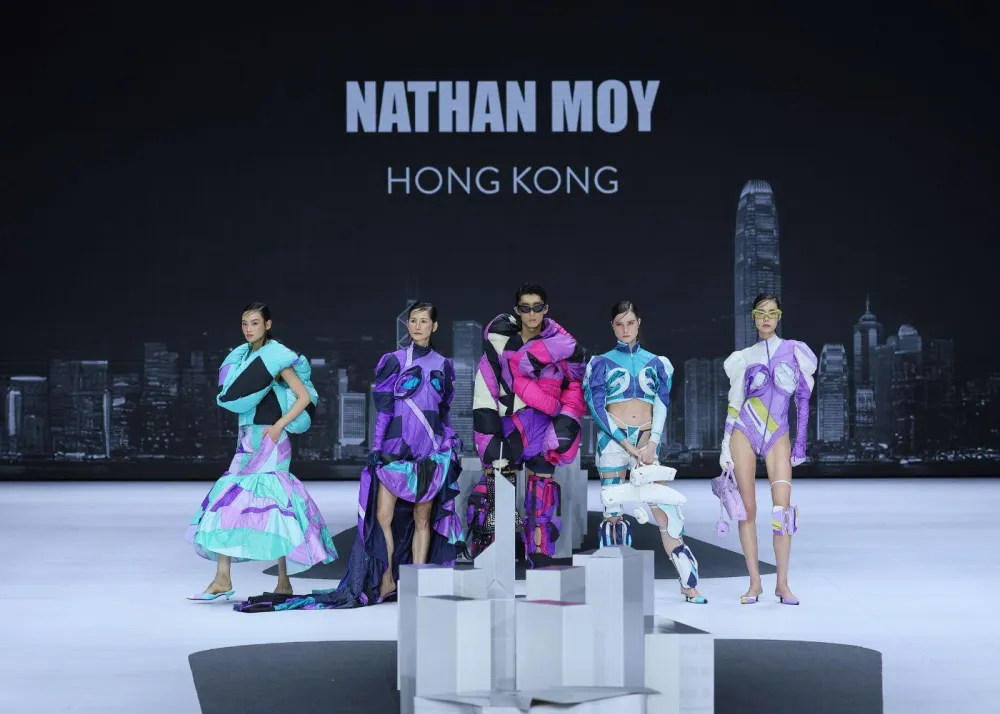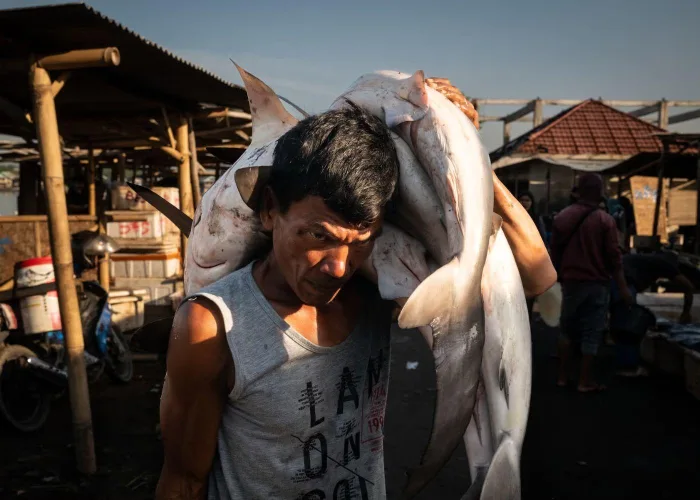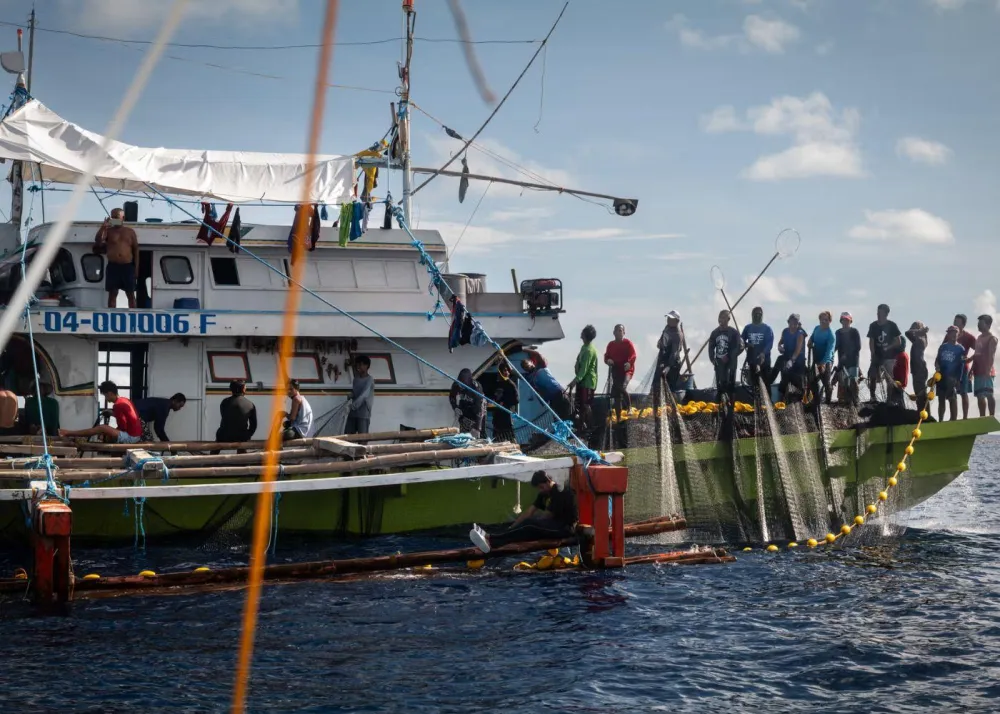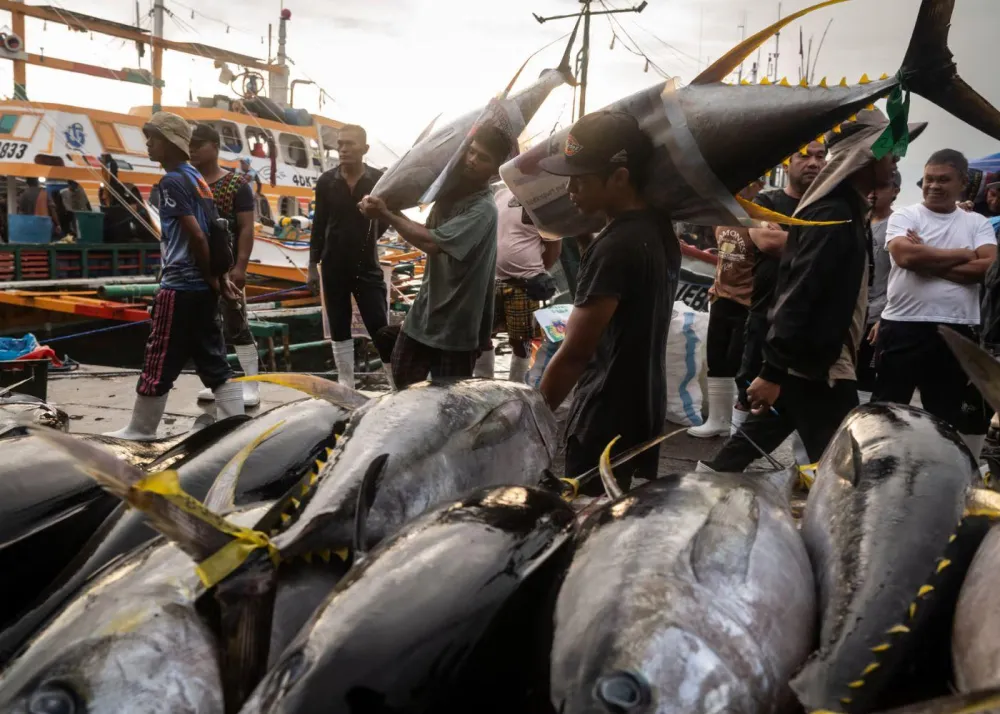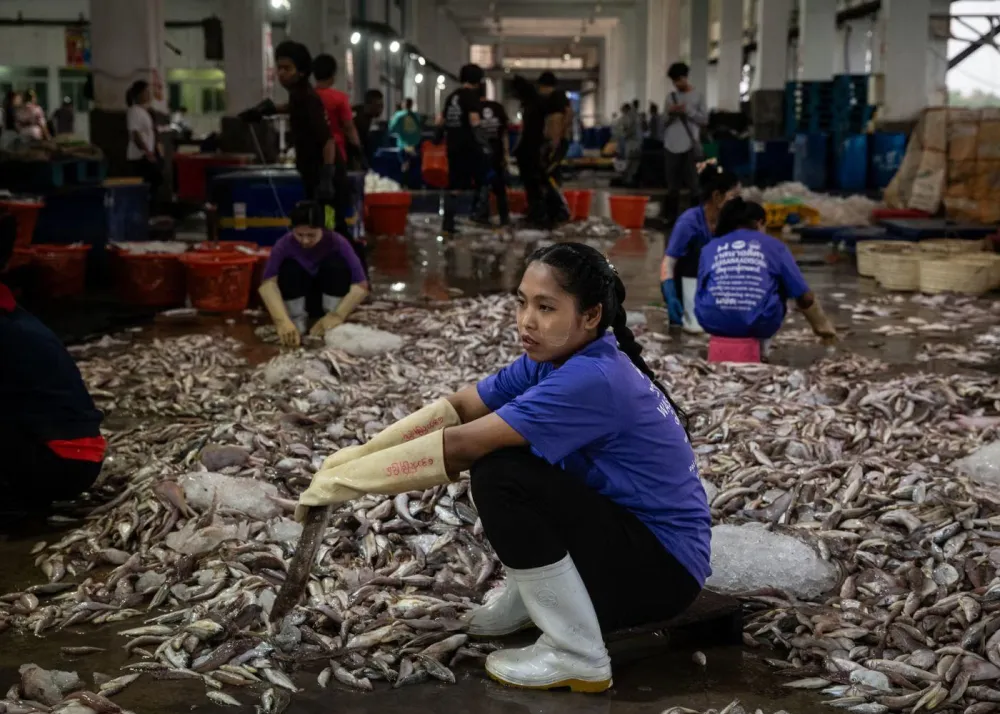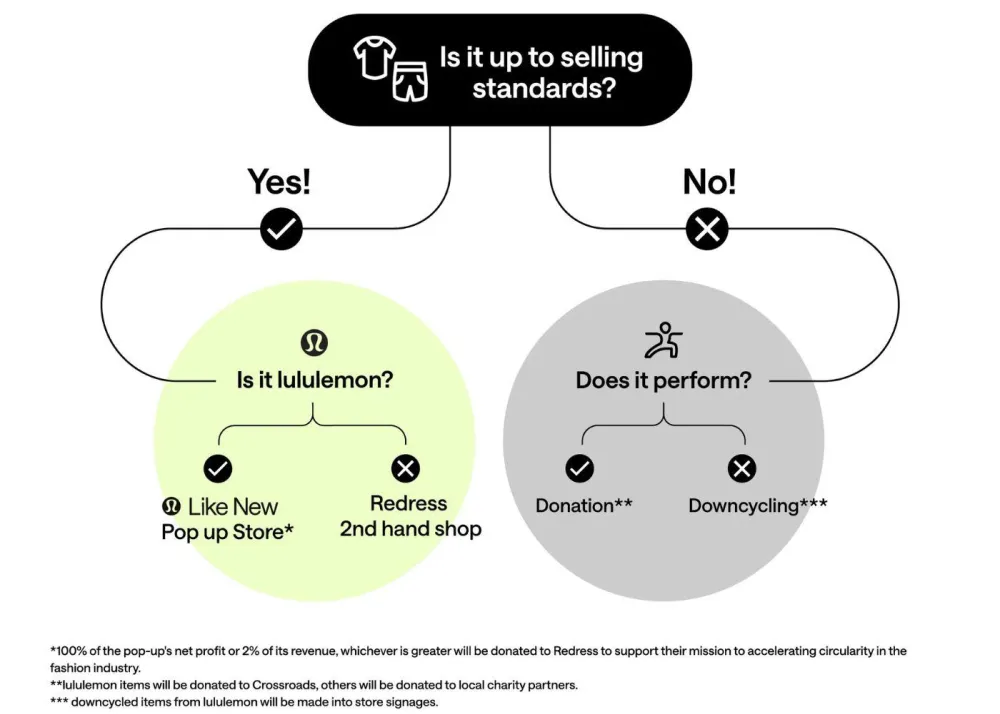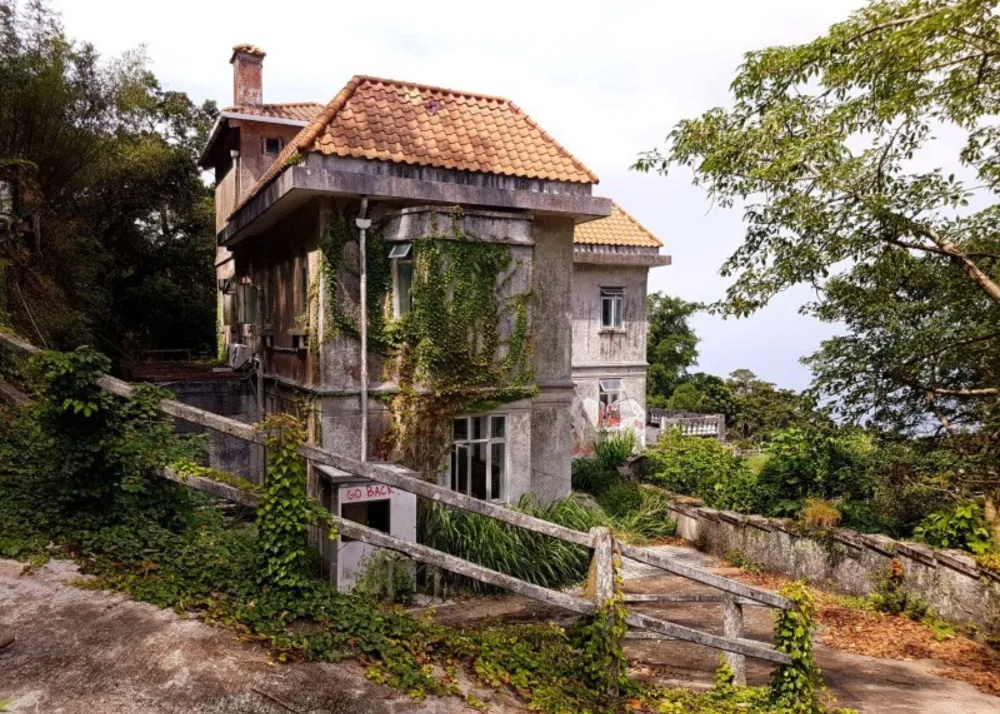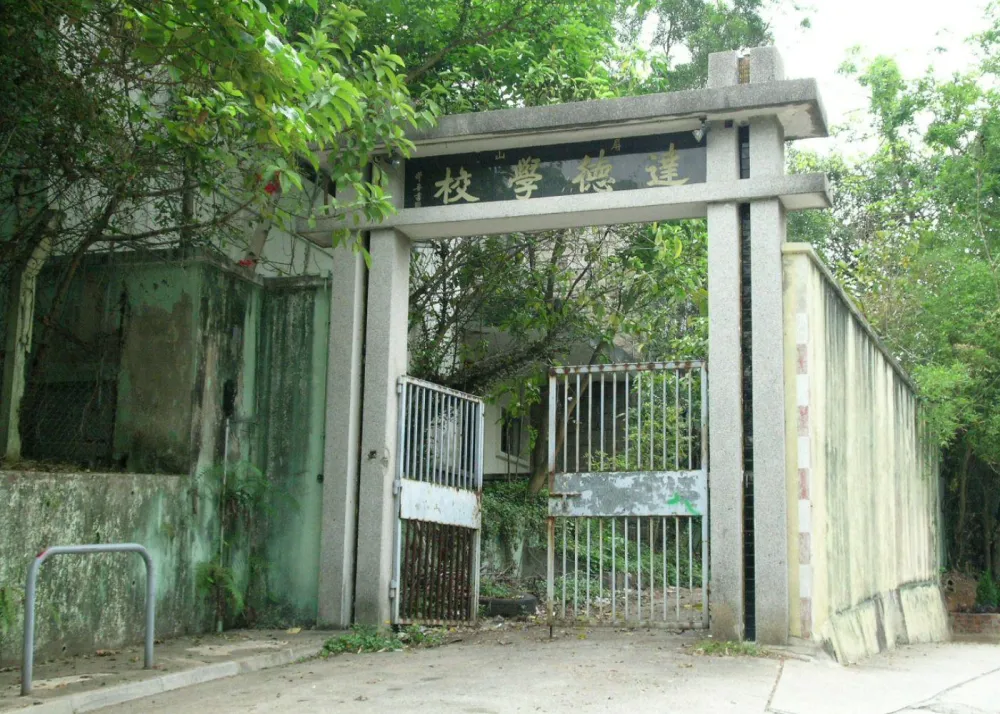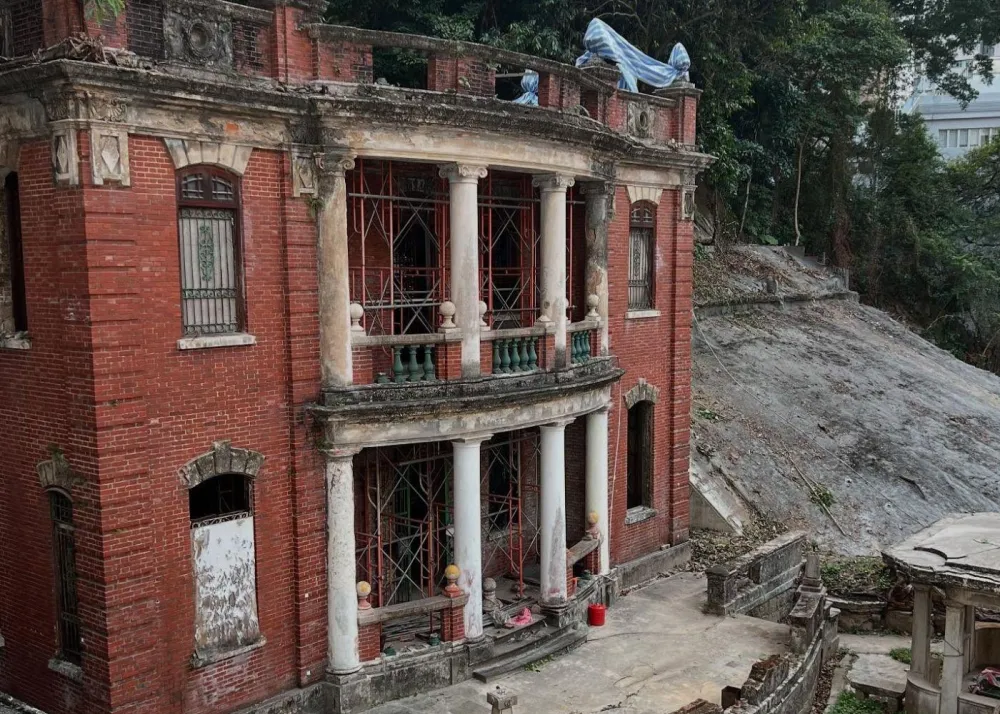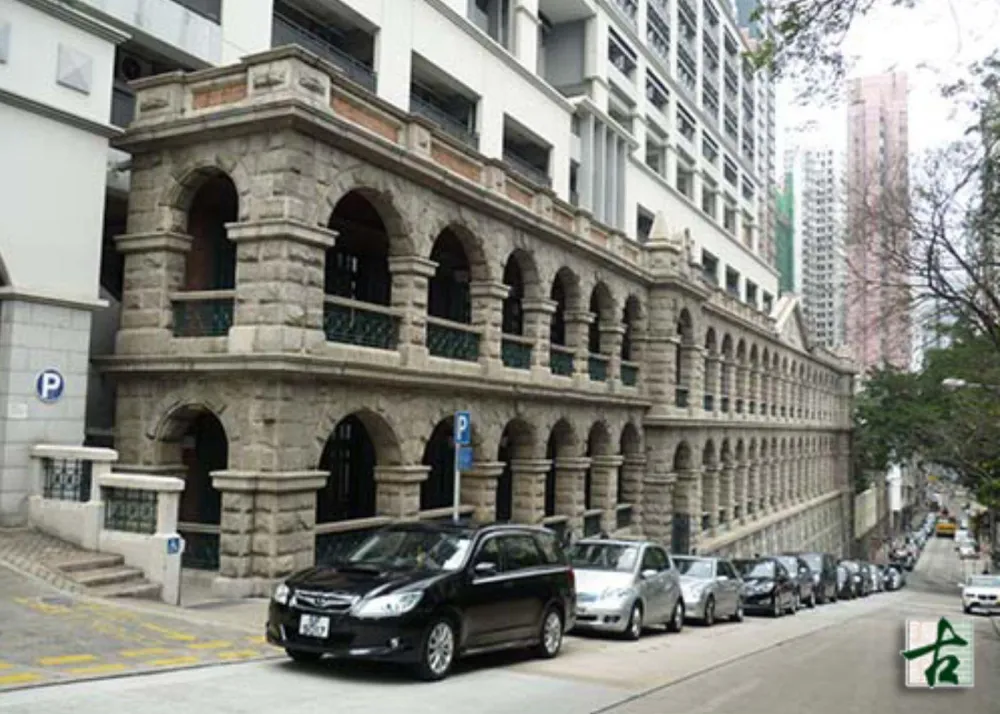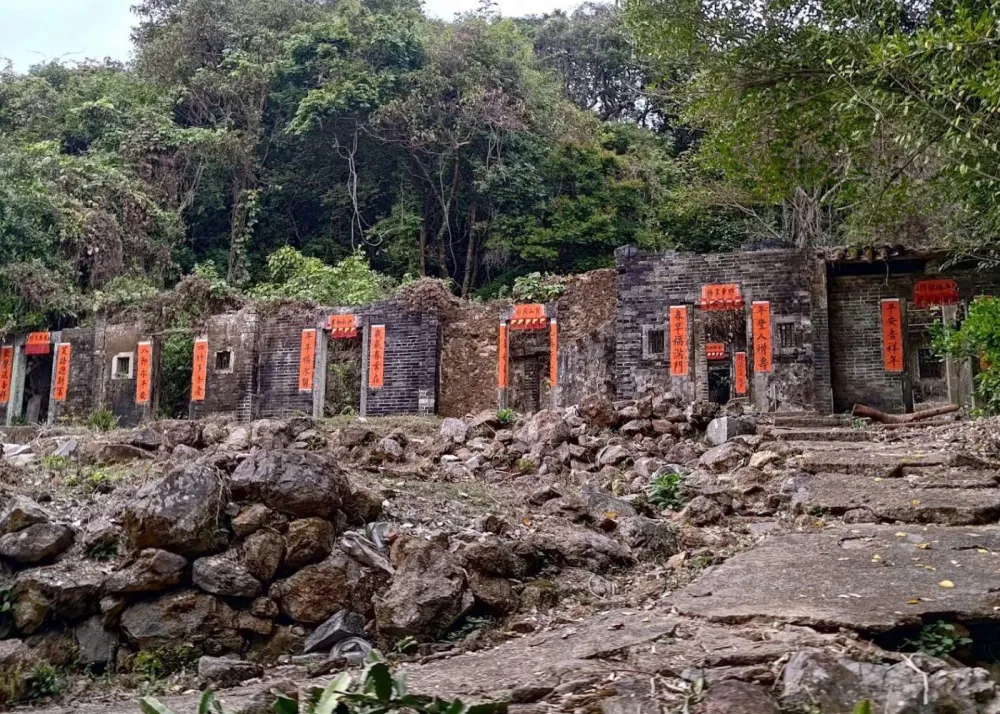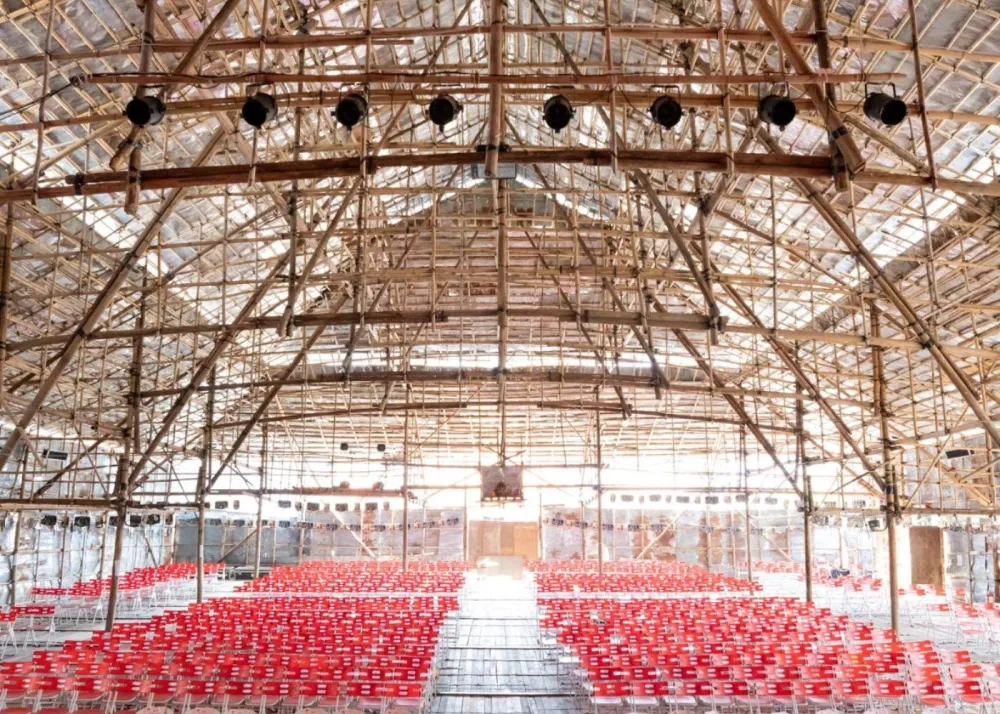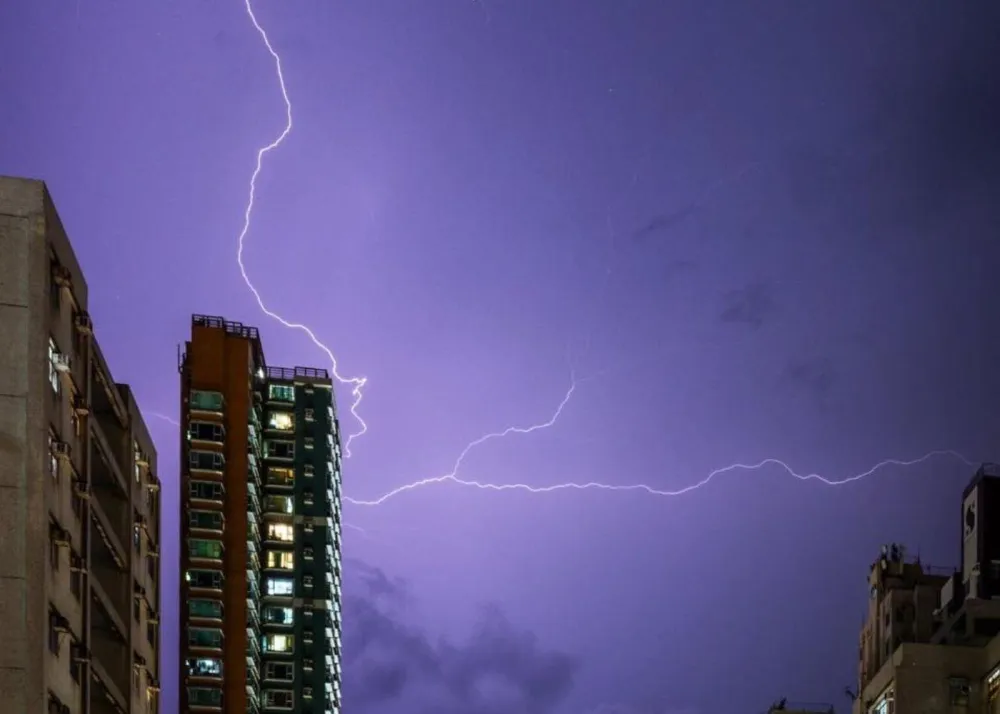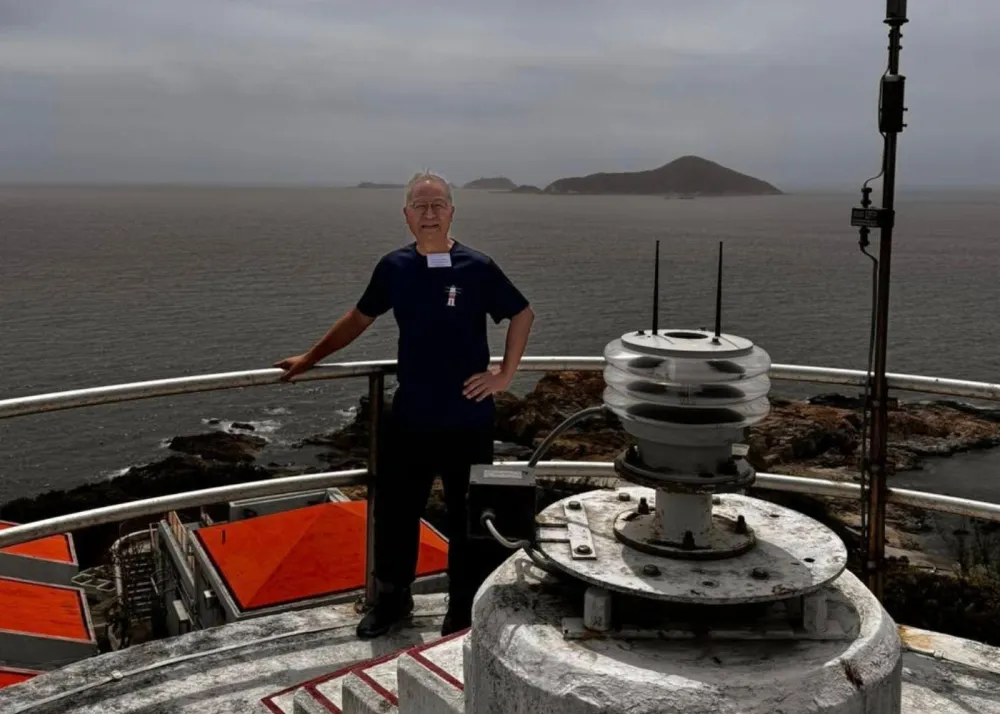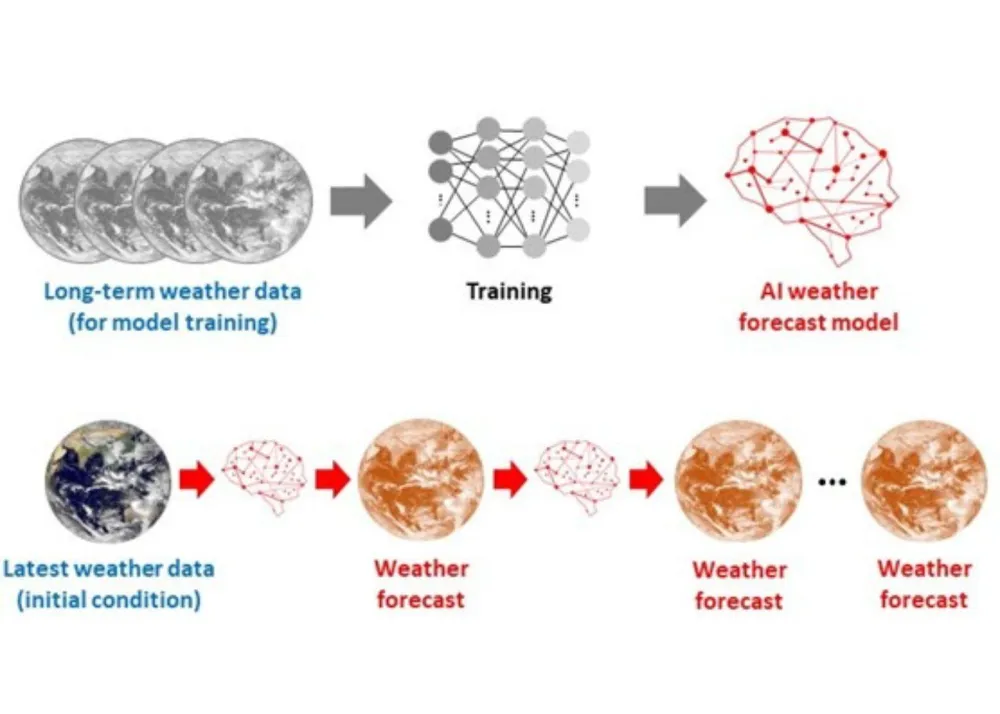Find Out How This Tech Startup is Cleaning Hong Kong Waters Through AI and Robots

Sidhant Gupta, Guiness World Record Holder, former TEDx speaker, and young entrepreneur, often jokes that the goal with his company is to go out of business.
The computer science graduate founded his latest business venture, Clearbot, in January 2020, to tackle the impacts of marine litter in Hong Kong and worldwide – with trash-eating robots that roam the ocean!
Clearbot is a swarm compact ocean-roaming robots that employ computer vision and swarm robotics to identify and collect trash thrown into streams, oceans, rivers, and lakes. An onboard camera and dedicated built AI algorithm help detect trash and bring it back to shore for recycling.
The robots are self-navigating and guided by a trained AI-vision system to clear and sort waste found in marine environments. A single Clearbot can collect up to 250 kilograms of disposed marine trash in a single mission and up to 1 ton per day.
The Beat Asia sat down with Sidhant, CEO and founder of Clearbot, to discuss his inspirations behind the high-tech project and future for AI in Hong Kong’s oceans.

Sidhant has always remained a savvy and apt engineer and computer scientist during his studies at the University of Hong Kong (HKU) and entrepreneurial tech career.
He founded a project in Vietnam to deliver e-learning to children living in remote areas, worked as an engineer building robots that construct steel-rebar cages, founded a company that build the world’s fastest robotic fish, and made an AI-powered underwater camera for scientific research and citizen science.
The idea of Clearbot came to Sidhant’s mind during a university-funded graduation trip to the island of Bali in May 2019 to conduct research or explore an issue and work to solve it.
Sidhant, along with a team of five close university classmates, set out to a hostel in Bali, quickly noticing the detrimental effects wastage in the capital city of Denpasar had on the river system. Trash thrown into the city’s main tributary, Ayung River, would end up directly on the beaches of south Bali.
“The livelihood of beach sellers requires the beaches to be clean,” Sidhant explains, “they lose money if they are not able to sell things on the beaches.” The sandy sites of Bali must be routinely cleaned and maintained to ensure tourists come and sellers have a market to sell.
Men on surfboards paddling in the ocean and local fishermen would enlist themselves to collect waste with nets, an often tedious and impractical method.
Recognizing a need for a quicker, faster product that used technology to solve the human resourced state of trash collecting on Bali’s beaches, the team threw together the first prototype of an electric-run trash-collecting robot in Indonesia: two toy helicopters motors, four aluminium bars, and spare netting from a fishing vessel.
Sidhant aimed to fill the void in Bali’s fight for clean waterways and beaches. “The government [of Bali] has the funds and public will, but lacking the tools to scale up.”
After finishing the project in Indonesia and validating a need for this type of trash-collecting robot, the team returned to Hong Kong and saw the same exact problem mirrored in Hong Kong’s fight for clean harbours and trash wastage.
To reduce marine wastage in Victoria Harbor and the city’s typhoon shelters, the Hong Kong government spends HK$70 million HKD annually contracting a group of green 15-foot sampan boats, staffed with a driver and a trash collector, to regularly clean out any disposed trash with a long pole net.
However, this government-funded method is inefficient, a direct polluter of carbon dioxide fumes, a waste of manpower, and not scalable.
Sidhant began exploring how their Bali project could be scaled and fashioned for a Hong Kong market.
In August 2019, the group built Framebot, an initial prototype composed of a square transparent plastic box, buoyancy floaters on either side, and a computer placed at the top with a camera and the algorithm stored.
Nine months later in May 2020, Sawtooth was born, a final design and robotic prototype that bore the insides and machinery of what today’s Clearbot has: a small-scaled solar panel, GPS, a camera and computer running a trained AI algorithm, and a 1Kw thrusting motor to wade through the water.
The team formed as a research group at HKU in June 2020, sourcing funding for university graduates working on tech projects and changes in product design and manufacturing. Their current version, Wavester, was born in November that year, with a sleek white body and housed camera and AI robot to detect and sort marine waste.
Clearbot’s funds today come largely from sales of robots with departments within the Hong Kong government, funds from science parks, and from HKU’s Technology Startup Support Scheme for Universities, an award scheme for funding of tech startups formed by former HKU students.
“[We saw that Clearbot] was really useful in harbours or rivers, water ways with a lot of traffic and usage. [Clearbot] needs to be compact and dynamic. Any city-side urban area shoreline can be completely policed by Clearbot,” Sidhant says.
“[With Clearbot], we [can] generate data of how the waste is distributed along the shoreline, figuring out where the waste is coming from, the main leakage points are. One you know where the leakage points are, it helps with a waste management system on land preventing more waste from getting into the water.”

Clearbot’s newest boat is 3.5 meters long, completely electric, and runs autonomously in any body of water. Their refined AI system is able to guide the boat through a river, ocean, or harbour, sensing barriers, classifying types of waste, and generating data for the company's dashboard.
With operations based in Hong Kong, all design, development, coding, and testing is down within the team of five HKU graduates. Clearbot worked with Plastic Free Seas, Hong Kong-based eco charity, to train their AI with 1,000 student-sourced pictures of trash found in Hong Kong of what waste looks like.
Over the summer of 2021, Clearbot partnered with tech company Razer to conceptualize a more refined design for the trash-eating robot. Sleek, hydrodynamic, and all-black, the Razer design is marketable and scalable, Sidhant’s aim for the future of his company.
Sidhant and his team primarily work with government-funded and -run marine construction projects in the city. Projects that involve land reclamation and construction of bridges, a great amount of waste is generated within the surrounding waterways, difficult for construction and designer groups to clean.
Their first unpaid pilot test run of Clearbot was cleaning the waste run off from a land reclamation project in Lantau Island, where a waste incinerator is set to be built. Another major project for the team is working with the hydro department in Kai Tak to clean the waters around the construction of a bridge as part of the expansion in east Kowloon.
Currently, Clearbot works with the Marine Department of the government, private enterprises in the city, and individuals who purchase a single robot to collect wastage in the development of housing, land reclamation, construction projects, and the harbours used by Hong Kongers.
They work with recycling companies to sort and recycle the waste found in waterways and partner with brands to incorporate recycled ocean plastic products into products to create a cohabitating life cycle.
Building more Clearbot’s for businesses and individuals ultimately brings that cost down for each unit. “We have clients and government behind us but we want to bring a larger swarm or more boats to Hong Kong’s shores,” Sidhant says.
“Everyone owns their own vacuum cleaner. If the water in your community is dirty, you should have your own way of cleaning it.” This is where he envisions Clearbot as a marketable and affordable way to clean the waterways of communities not just in Hong Kong, but globally.
Sidhant and the Clearbot team are starting heavily with a business-to-business model to operate in a financially secure state. Once Clearbot is able to scale up to producing 100 units for a company or government body, manufacturing and design costs go down – the aim for Sidhant.
Additionally, the team hope to grow partnerships with marina communities dotted around Hong Kong, such as the Aberdeen Marina Club and Gold Coast, to market a product that can assist with keeping their harbour fronts clean.
“We have reached a lot of distributors [in Hong Kong and globally] who would love to distribute [our] product outside Hong Kong,” Sidhant says. Bringing the cost down for a cheaper and scalable final product and marketing to consumers and business is their future strategy.

Subscribe to The Beat's newsletter to receive compelling, curated content straight to your inbox! You can also create an account with us for free to start bookmarking articles for later reading.




